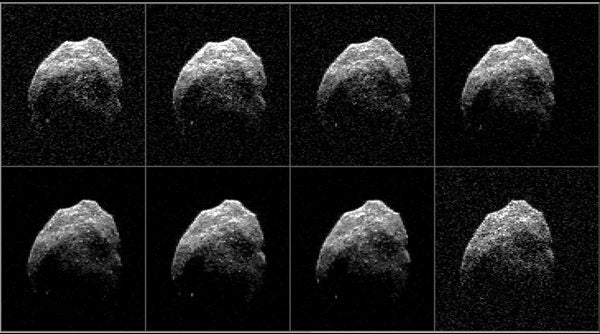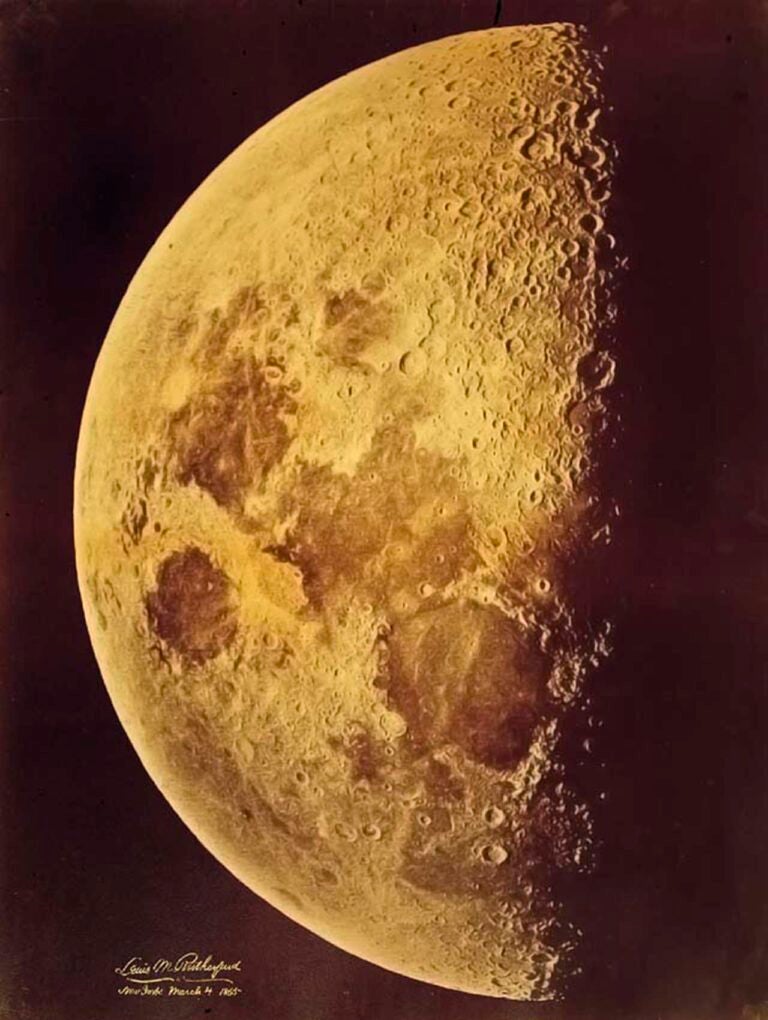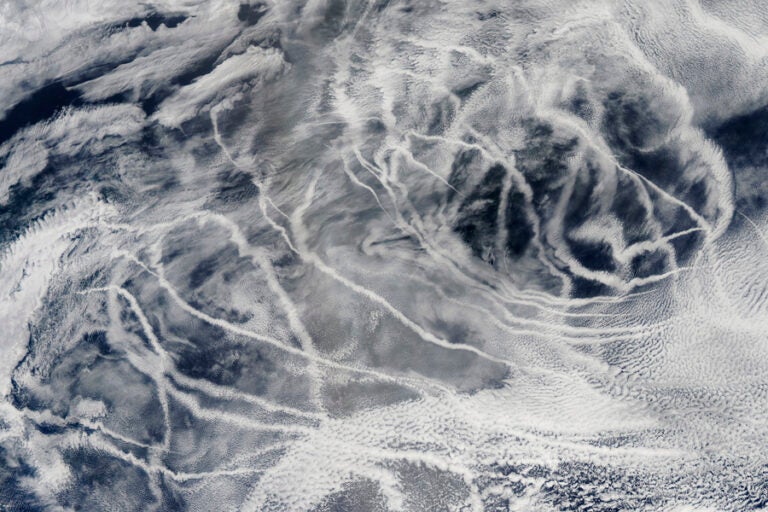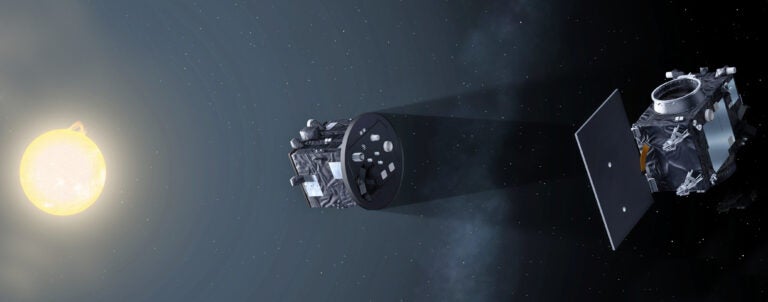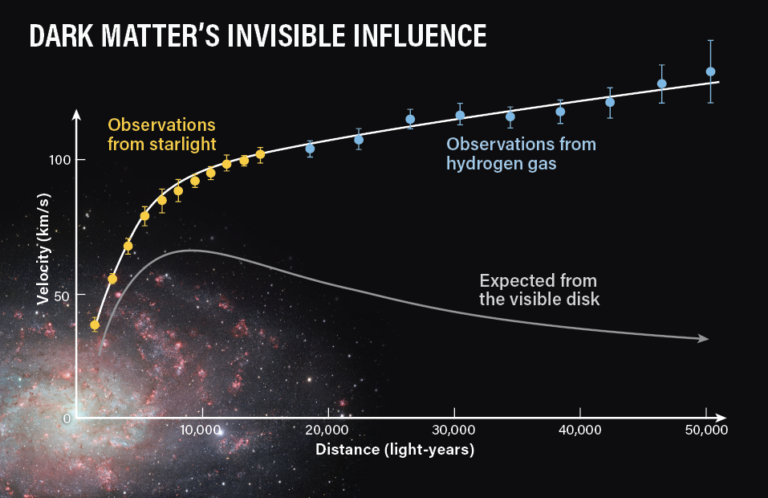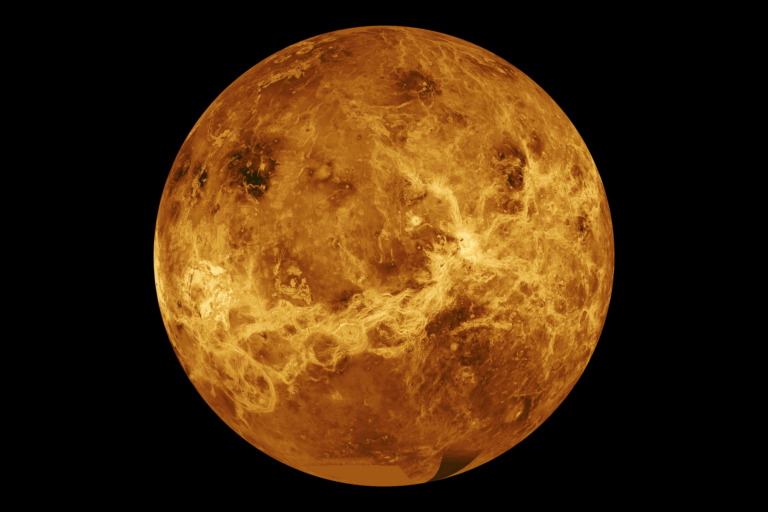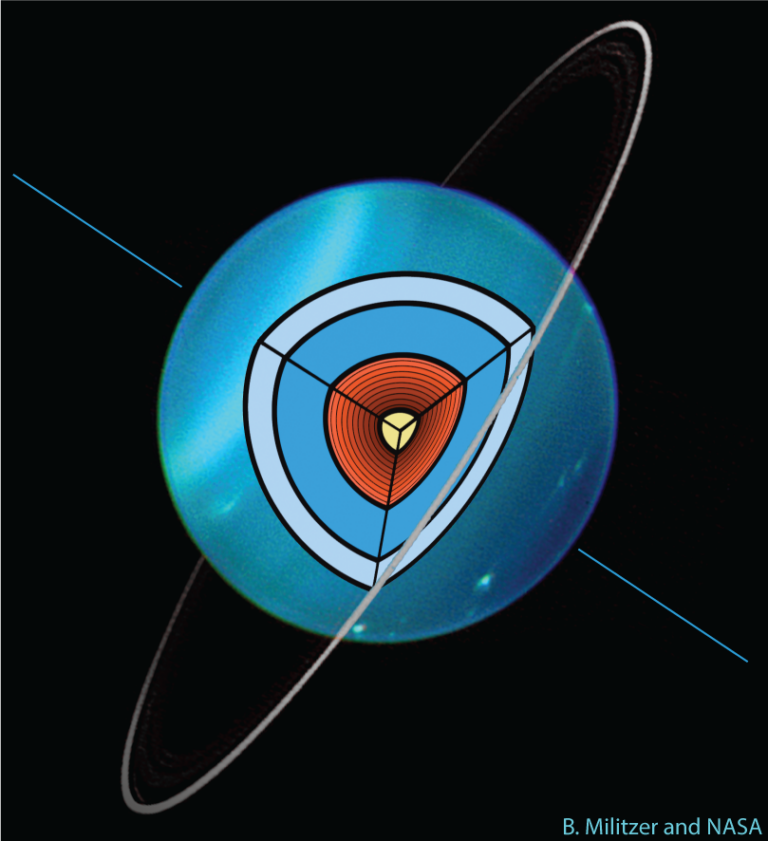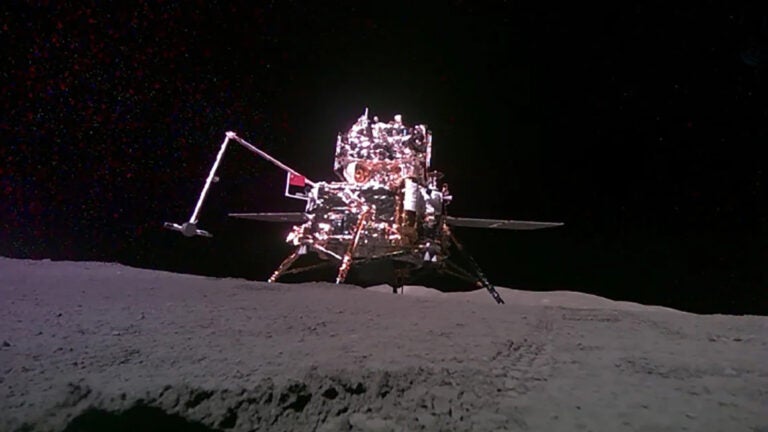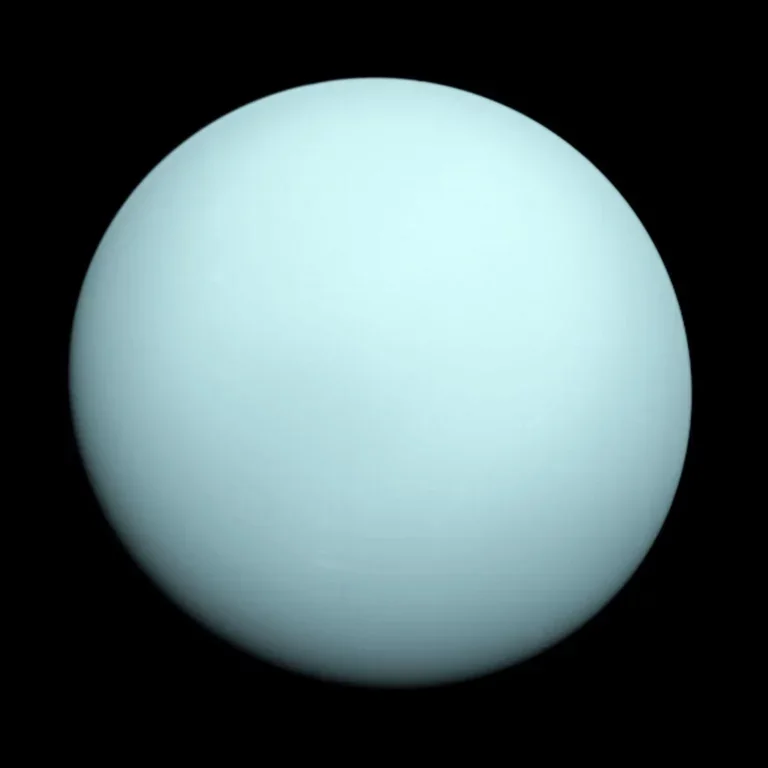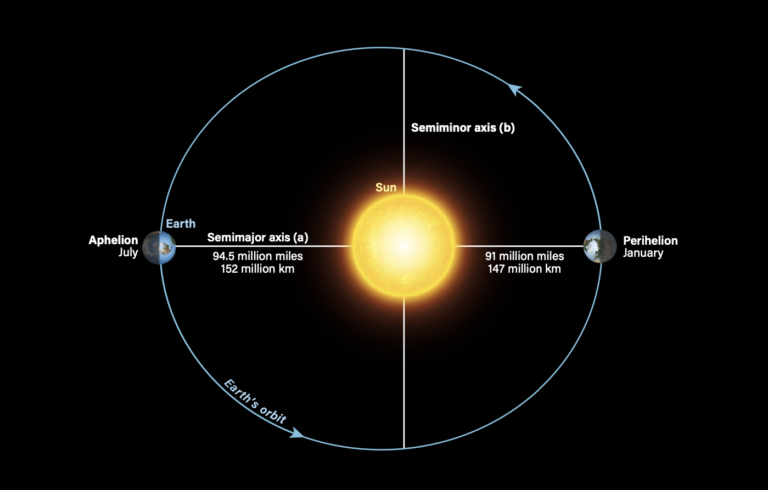“The radar images of asteroid 2015 TB145 show portions of the surface not seen previously and reveal pronounced concavities, bright spots that might be boulders, and other complex features that could be ridges,” said Lance Benner of NASA’s Jet Propulsion Laboratory in Pasadena, California. “The images look distinctly different from the Arecibo radar images obtained on October 30 and are probably the result of seeing the asteroid from a different perspective in its three-hour rotation period.”
To obtain these highest-resolution radar images of the asteroid, scientists used the 230-foot (70 meters) DSS-14 antenna at Goldstone, California, to transmit high-power microwaves toward the asteroid. The signal bounced off the asteroid, and its radar echoes were received by the National Radio Astronomy Observatory’s 100 meter (330 feet) Green Bank Telescope in West Virginia.
“Working with our observatory partners, we were able to get our resolution down to less than 13 feet (4m) per pixel,” said Shantanu Naidu from the California Institute of Technology in Pasadena. “It is a truly remarkable achievement — one which we will later be able to apply when future flyby opportunities present themselves.”
The next time that asteroid 2015 TB145 will be in Earth’s neighborhood will be in September 2018, when it will make a distant pass at about 24 million miles (38 million km), or about a quarter the distance between Earth and the Sun.
Radar is a powerful technique for studying an asteroid’s size, shape, rotation, surface features, and surface roughness, and for improving the calculation of asteroid orbits. Radar measurements of asteroid distances and velocities often enable computation of asteroid orbits much further into the future than would be possible otherwise.
NASA places a high priority on tracking asteroids and protecting our home planet from them. In fact, the U.S. has the most robust and productive survey and detection program for discovering near-Earth objects (NEOs). To date, U.S. assets have discovered about 98 percent of known NEOs.
In addition to the resources NASA puts into understanding asteroids, it also partners with other U.S. government agencies, university-based astronomers, and space science institutes across the country, often with grants, interagency transfers, and other contracts from NASA, and also with international space agencies and institutions that are working to track and better understand these objects. In addition, NASA values the work of numerous highly skilled amateur astronomers, whose accurate observational data helps improve asteroid orbits after they are found.

